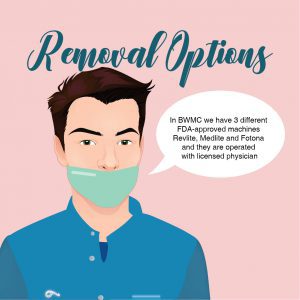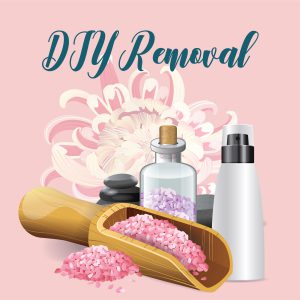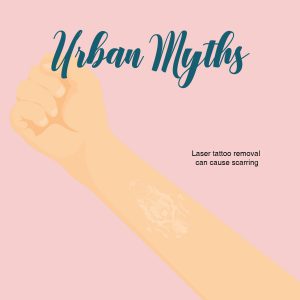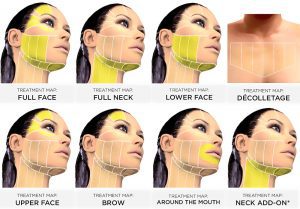In the past, Plastic Surgery were words that begged weird stares and with it our mind recalls images of celebrities who’ve gone under the knife. Today however, plastic surgery is normalized. Year after year, getting “work done” becomes more accessible and more acceptable. Several things that people do not know about being a plastic surgeon are the years invested into getting a medical degree, specializing in surgery then plastic surgery. Besides beautifying and enhancing a person’s look, plastic surgeons deal with many other cases such as trauma calls, working with kids who have cleft lip and cleft palate, carrying out breast cancer reconstruction and fixing complications. In this interview, we get a glimpse of Dr. Nasir’s life before he specialized in plastic surgery and his perspective now as a plastic surgeon. If you’ve ever sat in any of Dr. Nasir’s medical talks, you’ll come to know him as an extremely down-to-earth person despite bearing the title Consultant Plastic, Reconstructive & Cosmetic Surgeon and Beverly Wilshire Medical Centre’s Medical Director. He makes complicated talks relatable by thoughtfully simplifying medical jargons and further backing it up with a plethora of visuals. Enjoy this short interview below!
Dr Nasir, how and when did your interest in cosmetic surgery develop?
This goes a long way back. I was doing my undergraduates when I developed my interest in surgery. I loved surgery because there were a lot of ‘actions’, in other words, a lot of work. After I completed my undergraduate, I did my Masters in Surgery, where I was exposed to a lot of different fields, and one of them was of course plastic surgery. I took interest in it because they’re like Science integrated with the Arts. There was freedom in expressing your skills and creativity in a way in your work instead of being very technical, for example appendicitis where you treat the cause of the problem and that’s it. Plastic surgery is different because in a way you reconstruct things, be it reconstructive like breast cancer or purely cosmetics where you do breast augmentations or having a nicer face, all these involves a lot of art and planning in it because it’s not like you are just removing skin and you’re good to go. Patient’s emotions are important too, so that plays a big part. It’s just very interesting. So yes, it was during the period where I was doing my post graduate study that I thought this was an interesting surgical field.
How do you unwind and take your mind off work?
In all honesty, I’m a very homely person. I’m a family man. I don’t play golf and all that but I’m more into family activity like going to movies, travelling together. I’m into family. I hardly eat out too so that’s why I pack food most days from home. I love home cooking.
In your opinion, what is a woman’s most powerful asset?
I think it’s their emotions. I’m not saying that men do not have emotions but female have a different kind of emotions, they feel more deeply about things and that’s how they go about daily in their day to day activities, like their job. Emotions are powerful in a way when you put emotions into what you do, you tend to be more committed and you are more likely to achieve the goals you’ve set out to achieve. On the contrary, without emotions, you are just doing things like a robot. That’s why in plastic surgery, where around 80 to 90 percent of them are women, in order to treat them well, you have to tend to their emotions. To understand what they have in mind, what is it that they desire, what are they trying to achieve, it is trying to impress herself or her family, her husband or friends, rather than just giving them this face, that eyelid, that nose or breasts. Unless you understand her intentions, you can end up doing a very nice job but patients can still be unhappy because you do not cater to the emotional aspect of the picture. Emotions are women’s greatest asset.
If you weren’t a cosmetic doctor, you would be….
An aeronautical engineer. After completing my SPM examinations, I was actually selected and was supposed to be sent to Texas in the US to study Aeronautical engineering. In fact, I was already booked to fly there, so if back then I embarked on that journey, I would be an engineer now, making and repairing planes. My interest back then was in engineering but back in those days, families had a more narrow and traditional set of thinking on jobs where only by working as doctors and lawyers that you are considered to have ‘succeeded’ in life.
Favourite food?
Home cooked food. I appreciate home cooking, the satisfaction to eat at home is different from when I eat outside, so that’s why I don’t go out to restaurants a lot. When I do eat outside, it’s more about socialization. But it’s still the home cooked food that I’ll be satisfied with. I’m more down to earth and simple.
Favourite ice-cream flavor?
Actually I don’t really take ice-cream. Both ice-creams and cakes are actually not my favourite because they are too sweet and too creamy. And I don’t know what is it call, is it food, is it dessert, I’m not even sure myself. But I like things that are chocolaty.
Looking to get a consultation? Make an appointment with Dr. Nasir today or visit the professionals at Beverly Wilshire Medical Centre.
Ever wondered why that skin cream everyone is raving about isn’t doing it for you? It might be you’re not applying it correctly and most importantly, the order in which you apply your skincare DO make a difference.
Certain moisturizers, for example, are formulated with barrier-like ingredients to trap moisture in. This of course means that the barrier will also keep out the potent ingredients in your favourite serum. Here are some tips to maximize the benefits from your daily skincare routine.
The basic rule would be to apply products from thinnest to thickest consistency and the general 3 steps would be to cleanse, tone and moisturize. These are the steps to follow for your routine:
- Cleansing
Use a gentle, non-abrasive and no-alcohol cleanser. It’s better to wash face with fingertips as washcloth or mesh sponge could irritate your skin. Limit washing to twice a day (morning and night) and after sweating heavily.
- Toning
A toner is crucial in removing impurities, residual cleanser, make up as it balances the pH of your skin, prepping it for treatment and moisturizing. It’s best to dab toner onto your skin with a cotton ball. If your skin isn’t totally clean, anything you apply will not be absorbed effectively and your expensive serum or moisturizer would not be able to penetrate your skin properly.
- Treatment
Apply your treatment right after toning to maximize effectiveness (treatments for enlarged pores, UV damage, etc.) or your serum. Never apply too much product as your skin can only absorb so much. If you layer too much on your skin, the product will sit on the surface rather than absorb. It’s very easy to over-apply serums because they tend to be light and packed with actives. Generally three drops smoothed over your entire face and neck is enough. For best results, massage in a firm upward circular motion to stimulate blood flow and to help ingredients absorb into skin.
- Eye-Cream
A pea-sized amount is enough for both eyes and it should be applied every morning and night after your moisturizer. The skin around the eye is very sensitive so use your ring finger, considered the weakest, to lightly dab in cream a circular motion under the eye to the cheekbone, at the outer corners and underneath the brows. You’ll also want to apply some onto your eyelids to help create a smooth foundation for eye makeup.
- Moisturize
Hydrate last to lock in moisture and protect your skin’s natural lipid barrier. It’s better to use a moisturizer without SPF as moisturizers with SPF means less room for active ingredients in the moisturizer. Applying with a peanut size is all you need. Avoid products formulated with parabens, mineral oil and phthalates as these ingredients are associated with higher levels of skin irritation.
- Sunscreen
Use generous amount of sunscreen on bare skin and apply at least 20-30 minutes before going out in the sun because it takes that long for chemical sunscreen to bind with your skin. If you’re still out in the sun, re-apply every two hours for continued protection. The best would be to use SPF30 that filters both UVA and UVB rays.
The Best Time
As studies have shown that skin repairs itself most effectively between 10 and 11pm, you should be applying your night creams BEFORE this time. This also relates to the importance of sleep.
When we sleep, our bodies repair and renew themselves and that includes on a cellular level in our skin. You’ll also want to save your high-powered anti-aging products and retinoid for your night time routine since they tend to weaken in the sun.
Remember, despite having the best resources, if you don’t use them properly, you won’t see results.
Beverly Premium Beauty Program
We have curated a few treatments for you to enjoy once the MCO is lifted. Look your best after the long hibernation at home. Beauty doesn’t have to cost you a fortune, we understand that times are tough, so here’s a deal you won’t be able to resist. Beauty bargain hunters look no further, for only RM499 a month, you enjoy up to 80% discount on Beverly Premium Beauty Program (PBP).
What is Beverly Premium Beauty Program (PBP)?
Everyone can join the program and enjoy unlimited treatments:
Platelet Rich Plasma
Pigmentation Removal Laser
Scar Removal Laser
Selected Facials
Dental Scaling & Polishing *
*JB to replace with Radiant Skin Treatment
Additional Benefits for PBP:
In addition, customers who are PBP subscribers can get additional discount on our services:
Cosmetic Surgery (KL) 15% Discount*
Cosmetic Surgery (JB) 10% Discount*
Aesthetic 20% Discount
Dental Aesthetic: 15% Discount
Hair Transplant: 15% Discount
Healthy Aging: 15% Discount
*Excluding Breast Augmentation with Implants
You can enjoy our services in all our branches located in KL, PJ, Bangsar and JB across all disciplines.

Why Choose Beverly?
Beverly is an integrated beauty medical centre licensed by the Ministry of Health (MOH) and is an elite member of the Malaysian Healthcare Travel Council (MHTC). Currently, Beverly has four branches located at Kuala Lumpur, Petaling Jaya, Bangsar and Johor Bahru.
Beverly offers a multi-service with five core pillars: Cosmetic Surgery, Aesthetic Medicine, Dental, Hair Transplant and Healthy Aging. We have the expertise of highly skilled specialist, supported by the industry’s advance technology and world-class facilities to ensure client’s optimal outcome.
Keep informed from time to time with our latest treatments and offers by subscribing to our social media accounts on FB and IG. We are excited to help you achieve your aesthetic goals.
How to Join PBP?
When MCO is lifted, you can opt to head-in to the nearest clinic near you and consult with our Doctors. In the meantime, find more information about the Beverly Premium Beauty Program from our friendly customer service representatives:
Beverly Wilshire Medical Centre (KL)
Level 9, Kenanga Tower, No. 237 Jalan Tun Razak, 50400 Kuala Lumpur
Tel: +603 2118 2888
Whatsapp: +6018 236 2888
Beverly Wilshire Clinic (PJ)
L1-03, Level 1, 3 Damansara, No. 3, Jalan SS 20/27, 47400 Petaling Jaya, Selangor
Tel: +603 7710 6888
Whatsapp: +6017 230 6133
Beverly Bangsar
79, Jalan Maarof, Bangsar, 59000 Kuala Lumpur
Tel: +603 2288 1788
Whatsapp: +6010 228 1788
Beverly Wilshire Medical Centre (JB)
Level 3 (05-09), Menara Landmark, 12, Jalan Ngee Heng, 80000 Johor Bahru, Johor
Tel : +607 2282 888
Beverly Wilshire Dental
Level 9, Kenanga Tower, No. 237 Jalan Tun Razak, 50400 Kuala Lumpur
Tel: +603 2118 2999
Whatsapp: +6018 230 288

HO CHI MINH, 11th April 2017 – In large cities like Ho Chi Minh City, Hanoi and surrounding urban areas, plastic surgery is becoming popular among women between the ages of 20 and 45. Breast enlargements, face lifts, nose lifts, and liposuction are the most popular surgeries done by Vietnamese women wishing to improve their beauty.
With the growing demand in the market, Beverly Wilshire Medical Centre (BWMC) now looks into offering their services to the Vietnamese clientele. Beverly Wilshire Medical Centre (BWMC) located in Kuala Lumpur, Malaysia; has been recognized as a multi-award winning integrated beauty medical centre established in 2012.
The centre is licensed by Ministry of Health Malaysia and also an elite member of Malaysia Healthcare Travel Council (MHTC) making it fully committed to providing excellent services in Cosmetic Surgery, Aesthetic Medicine, Dentistry and Healthy Ageing. Amongst the notable awards received by our centre are:
- International Cosmetic Surgery Clinic of The Year 2015 & 2016 by IMTJ Medical Travel Award
- Specialist Beauty Medical Centre for 2013, 2014 and 2015 by The BrandLaureate SMEs BestBrands Award
- Aesthetic Centre Of The Year 2016 by Frost & Sullivan Excellence Award
In year 2016, approximately thirty percent (30%) of BWMC’s clientele comprise international patients mainly from Australia, New Zealand, Singapore, Indonesia, America, United Kingdom, China, Brunei, and now growing numbers from Vietnam too. BWMC witnessed fifty two percent (52%) growth year-on-year in Vietnamese patients whom sought treatments at their centre.
“We hope to continue to build on and expand our services and offerings beyond Malaysia, and become the leading centre of excellence in medical healthcare specialising in cosmetic beauty in the Asia Pacific region”, said Dato’ Francis Ng, Chairman, Beverly Wilshire Medical Centre.
Our board-certified surgeons, have over 20 years’ experience in plastic surgery and use outstanding plastic surgery and aesthetic medicine techniques. Among BWMC’s most popular treatments are cosmetic procedures which include breast augmentation, tummy tucks, liposuction, rhinoplasty, facelifts as well as hair transplant and aesthetic treatments which include Botulinum Toxin (Botox) injections and dermal fillers, acne and acne scar removal, pigmentation removal, and face rejuvenation.

BWMC aims to create more awareness to the Vietnamese market segment by participating at Malaysia Healthcare Travel Council Website Launch, Press Conference & Networking Session organised at the Intercontinental Saigon Hotel, Ho Chi Minh City today. “We will be aggressively looking at promoting our services in Vietnamese market and encourage stakeholders to explore collaboration opportunities with BWMC” said Rubhen Nair Pradunman, Head of International Marketing, Beverly Wilshire Medical Centre.
About Beverly Wilshire Medical Centre
Beverly Wilshire Medical Centre (BWMC) is an award-winning integrated beauty medical centre that sets the standards in cosmetic surgery, aesthetic medicine and healthy ageing in the Asia Pacific region. The centre is licensed by Ministry of Health Malaysia and also an elite member of Malaysia Healthcare Travel Council. BWMC is the Centre of Excellence for Cosmetic Surgery, Aesthetic Medicine, Dentistry and Healthy Ageing. BWMC is backed by registered and board-certified plastic surgeons. All cosmetic and aesthetic procedures are administered professionally by highly experienced, licensed and qualified doctors, conducted in world-class operating theatres using the FDA approved medical equipment. For more information on the centre and a full list of available treatments, please visit beverlywilshiremedical.com.
Fillers can be used in a number of places, like cheeks, nose and lips. In the past 5 years, there has been an increase in plumping up the pout. Many are following the trends of delectably filled lips like Kylie Jenner and Angelina Jolie.
Before rushing into it, know that lip fillers may not result in the most natural-looking set of lips. Here’s some insider tips to help you avoid getting a botched filler job.
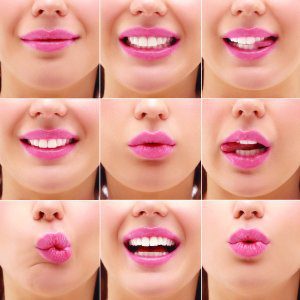
Preparation
If you have super thin lips and want to go from nothing to fish lips all at one go, the likelihood of having your lips overfilled is probably 100%. You do not want to have overfilled lips,as they tend to give a cosmetically made/ botched appearance. The lips are also easily noticeable after the procedure, so unless you want to see an immediate difference, it is best to have a little than too much.
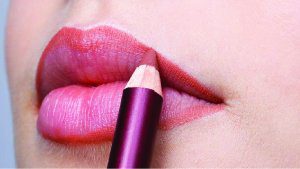
Which Filler Matters
It makes a difference which types of fillers are being used, we want to create a luscious-looking and smooth textured lip. In order to avoid lumps and bumps, it’s important to choose FDA and HSA-approved fillers such as Restylane, Juvederm and Boletero. Be wary of unlicensed injectors such as underground beauty parlous, which may not have undergone rigorous testing. Products that have not undergone testing may cause allergic or immunologic reactions that can lead to permanent disfiguration.
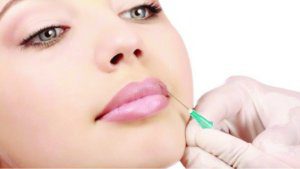
Don’t go all in
Patience, patience. Although Lip Fillers start to swell from the moment they are injected, the swelling will continue for the next 48 hours. It may not seem a lot when you leave the doctors, but don’t be disappointed yet. It would be best to wait for the swelling to settle before making further assessment. Most doctors do not inject more than 2 milliliters in one setting, to avoid overfilling. That being said, some may require a total of 3 or 4 to achieve good results.
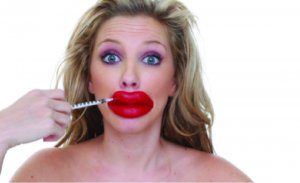
It is not permanent
Hyaluronic Acid Fillers are the safest option available at the moment; doctors prefer it because they give a natural effect, both in appearance and touch. Some may say that it is not worth doing because it is not permanent; however, hyaluronic acid fillers are the safest because they are not permanent! Also they can be easily dissolved if there is a change of heart or if there are problems such as lumps.
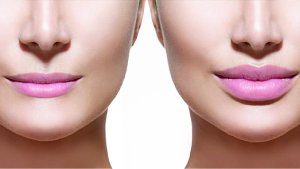
It can make a huge difference
Here’s an interesting thought to chew on: the brain’s ability to gauge whether something is beautiful or not, is hardwired. For the lips, the rough ratio of an ideal set of sexy lips should be approximately 1:2 (upper:lower), and the lower lip should make up just under 10% of the lower face. This can be seen with celebrities such as Kylie and Angelina Jolie who possess the perfect pout.
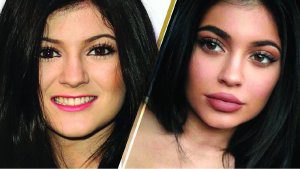

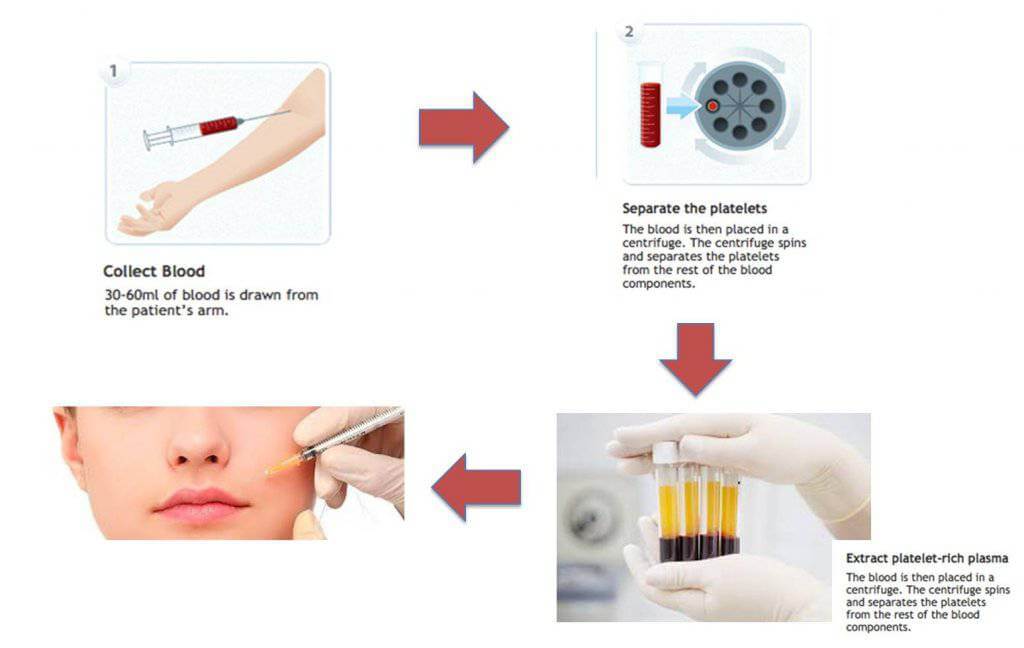
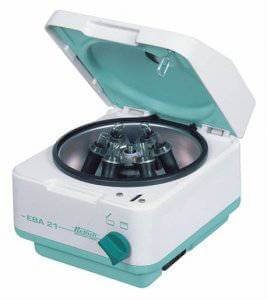
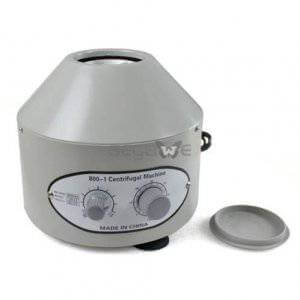
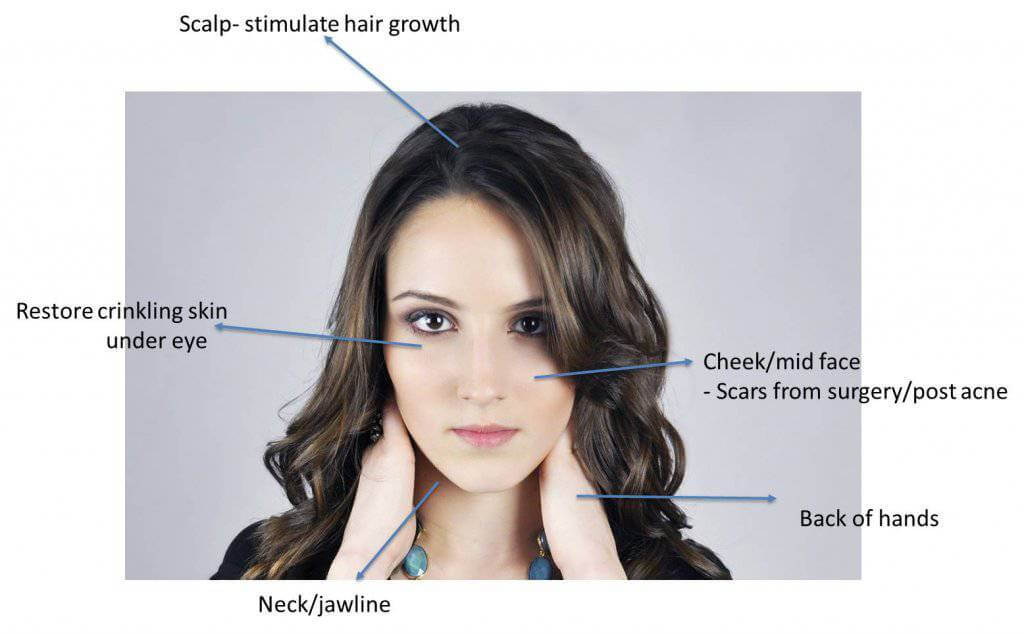
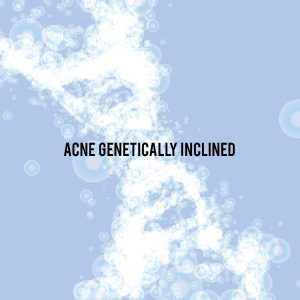
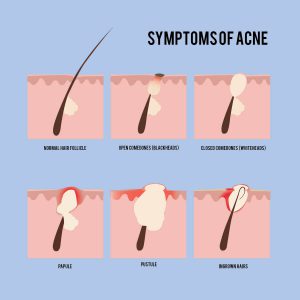
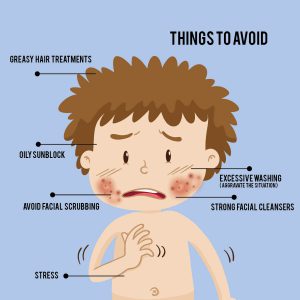
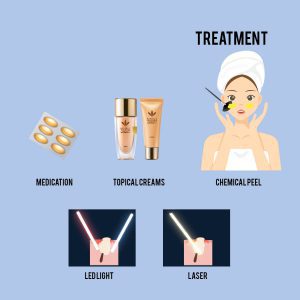
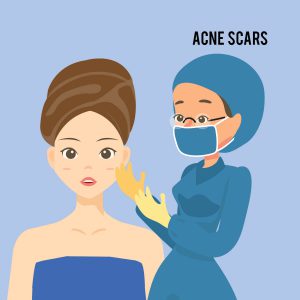
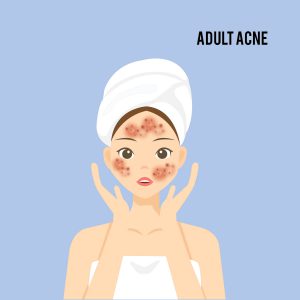

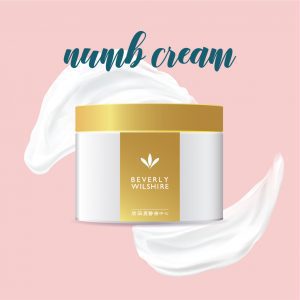
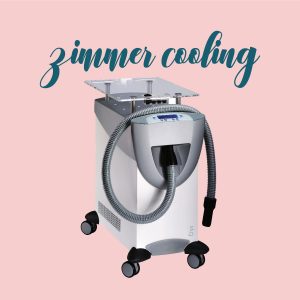
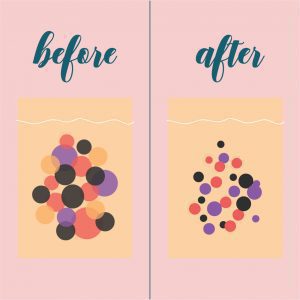
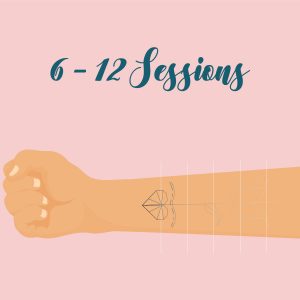
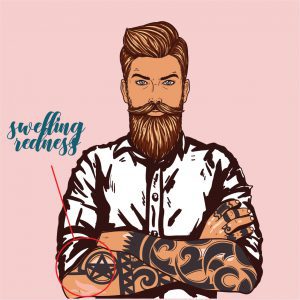
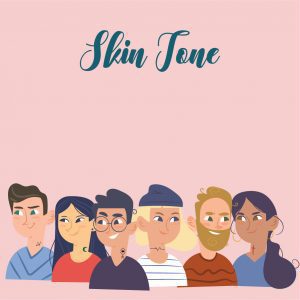
 .
. 
